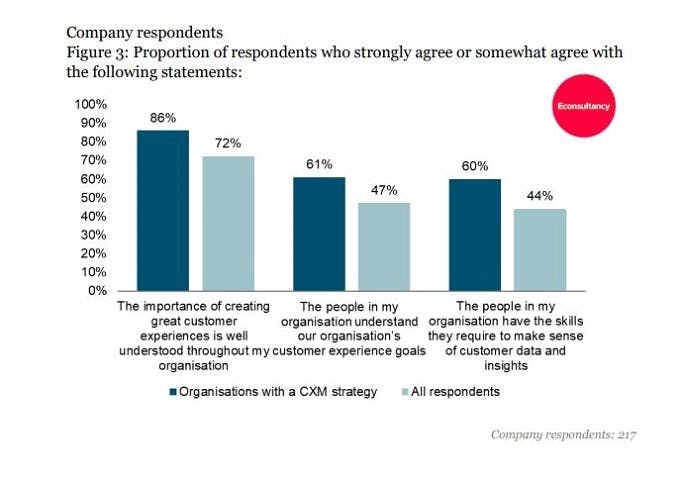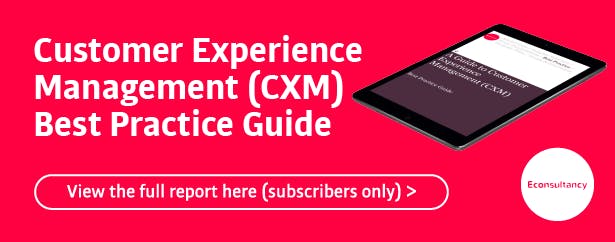Marketers already have a vast amount of data at their fingertips, most commonly sourced from online analytics, customer surveys, email and CRM. But while this might tell us about customer behaviour and even help to highlight customer needs – it’s not always so easy to turn data into actionable insight.
So, how can marketers ensure they get the most from their data?
Take a multi-faceted approach
Before anything else, it is of course vital for marketers to decide how and where data will be gathered. For the majority, quantitative data (sourced through analytics) is the basis of customer-focused strategy – helpful for uncovering how customers are behaving.
However, when it comes to figuring out why they are behaving in this way, qualitative research can arguably offer far more insight.
This usually involves customer surveys and interviews, and even ethnographic studies, whereby companies spend extensive periods of time with the customer to uncover routines and social norms. In turn, this allows the brand to identify opportunities that can inform CX strategy.
That’s not to say quantitative data should be side-lined, but it can certainly be brought to life with deeper and more contextual research.
Avoid silos
Econsultancy’s survey found that less than half of respondents have a well organised system for collecting and analysing customer data, with a similar amount saying that they lack the skills and tools to make sense of it.

The first step then is to ensure that data is as organised as possible (i.e. that it is connected and centralised). This is because marketers often take data from different teams or channels within an organisation, resulting in a partial or fragmented picture of the customer experience.
Some argue that a partial view is better than no view at all, however, companies should always at least strive for a complete picture (or have this as an end goal). By ensuring that data is connected, marketers can feel confident that it is reliable and of use.
Humanise data
Marketers are often unable to make use of data when viewing or analysing it in an abstract or isolated manner. This is usually due to two reasons. First, because the real-life context of the customer is not being considered (regardless of whether the data is qualitative or quantitative). Secondly, because marketers are often guilty of looking at the customer experience separately to their company’s capabilities.
In order to avoid this, it is important to humanise data where possible. Creating customer personas is one way to do this – i.e. drawing up a detailed picture of the target audience, including their traits, values, and what they want from a brand. This helps to make sense of data, and to come up with a solution to improve CX, rather than simply identifying a problem or pain point within it.
It’s also important that marketers recognise limitations in data systems or skill-sets, and to set realistic goals on this basis rather than ones that are too general or impractical.

Understand core metrics
An important part of any customer experience strategy is setting KPIs to measure success. However, with such a vast amount of data available, it can be difficult to determine the most important metrics to focus on.
A common mistake is to concentrate on those that are easiest to measure rather than what might have the largest impact overall. For example, while conversion rate certainly provides valuable insight, it fails to give a more overall picture of the customer, including lifetime customer value or customer loyalty.
Meanwhile, it can also be helpful to separate metrics into two different areas – e.g. quality and efficiency. Quality refers to KPIs like Net Promoter Score or Customer Satisfaction Index, which determine the customer’s emotional response to a company. Efficiency may relate to conversion and retention rates, which can help companies to gain a better single customer view.
By understanding exactly what metrics are most important, companies are in a better position to execute an effective CX, reducing both time and confusion and yielding the most useful insights.
Don’t forget to download Econsultancy’s Guide to Customer Experience Management report in full.
Now read:


Comments